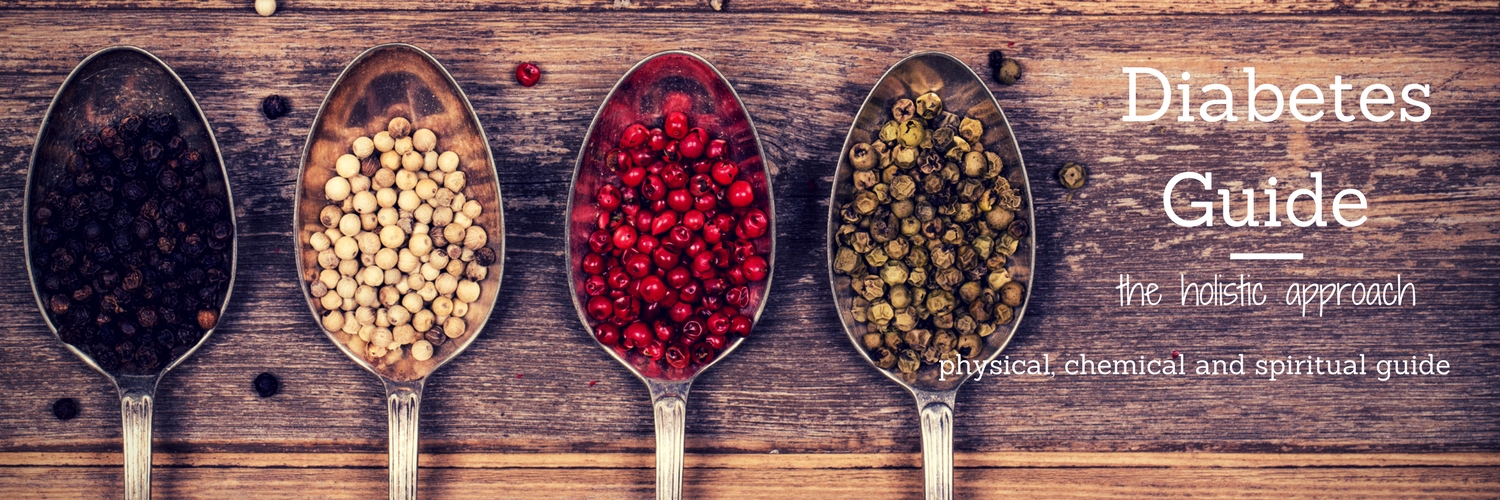It’s one of those words I’ve heard my whole life. I’ve had family friends with it, I’d had some vague notion that people had to give themselves shots of insulin, take pills, and watch how much sugar they eat. But, beyond that, it didn’t mean that much to me….until more recently. I’m becoming more aware of HOW BIG it’s become. I’d say that every 3rd person who comes into my practice now is pre-diabetic, diabetic, or has a family history of diabetes that will predispose them to diabetes.
The studies say that about 10% of the American population has been diagnosed with it. Hispanics, people of African-American descent, and Native Americans have the most prevalent incidence. Last year $176 billion was spent on direct medical services for diabetic issues. Diabetes and blood sugar handling issues accounts for a huge amount of healthcare costs and doctor’s visits in this country.
As a holistic healthcare practitioner, this concerns me, especially that this is such a preventable or manageable disease process. Unfortunately, even though we know this, the rate of diabetes is actually increasing, and, even worse, it’s showing up at earlier ages. More and more kids are being diagnosed with diabetes.
I started writing my post on this, but as I started writing it, I realized that there was just TOO much to cover in just one post. So, I’m making this a 3 part series. Today I’m focusing on the types of Diabetes, who is most susceptible, how to test for it, and then what the traditional western medical approach is. I’ve included a great interview with my colleague and friend, Nurse Practitioner Catherine Veilleux today so that we can share her experience and knowledge on working with folks with diabetes over the years.
What is it anyway?
First off, a little physiology lesson here: When we consume sugar, the pancreas sends out insulin to help the cells take in the sugar. As long as there’s enough insulin to do the job, no problem. The complication is when the amount of sugar floating in the bloodstreams exceeds the amount of insulin. When this goes on for too long, the whole system starts going out of balance. Sugar starts to spill out into fat cells and into the urine. This can lead to weight change, excessive thirst, frequency of urination, and problems in the kidneys. This is what we then refer to as ‘Diabetes’.
There are 2 types: Type 1 and Type 2 Diabetes
Type 1 is typically considered ‘Juvenile Onset’. In this case, the Pancreas isn’t producing insulin (the hormone responsible for transferring sugar into all of the body’s cells). It generally presents itself in childhood. However, it can show up in later years. People with Type 1 Diabetes can have a family history of Diabetes, as well, but it’s not always the case. In Type 1 Diabetes, outside insulin is required.
Type 2 is when the sugar load has exceeded the insulin output for so long that the pancreas can’t keep up with it. The sugar level is so high for so long that the insulin levels begin to decrease and, in some cases, completely stop. Type 2 is associated with family history, ethnicity, and life-style.
Who is more likely to develop Diabetes?
- Those with African-American, Hispanic and Native American ancestry
- Those with family history of diabetes
- People who tend to have a stationary lifestyle
- Those who eat a diet mostly of processed foods, sugar, and carbohydrates (think pasta, bread, pastries)
On the rise, as you’ll hear in the interview, are children and young adults and people of European decent, so, basically, that means that it’s everyone! Historically, our bodies and physiology was designed for long periods without food and almost NO exposure to simple carbs (fruit, sugar, refined grains). The way we’ve been eating for the past 20-30 years is brand new for our physiology. The frequency, the portions, and the kind of foods we eat do not jive well with our bodies. The pancreas can’t keep up with 3 meals a day of sugar, refined grains, processed foods, and very little protein.
So, over the next few posts, I’ll go into some holistic tools for you to support your mind, body and spirit that can lead to a more balanced way of eating, thinking, and moving. You may notice a theme in all of my posts….most dis-ease that we experience is most often the body moving away from balance. We have so much control over regaining that balance through our choices in lifestyle, food, and activity.
In our interview, Catherine talks about a few things to start, right now, to help bring your body into balance. The video is a little longer than my normal ones, but it’s good information that I wanted to share with you.
In this talk, she mentions the body type that’s more prone to diabetes, 4 things to reverse the blood sugar dys-regulation, and what medical tests should be done if one suspects a sugar-handling issue.
We had a lot of fun, and I hope you get some good information from the talk. I know I learned a few things.
Next post, I’ve got an interview with Dr. Japa Khalsa, author of ‘Enlightened Bodies‘ and Kundalini Yoga Teacher Trainer. We’ll talk about the spiritual aspect of diabetes and what might pre-dispose someone to going down that road.
My Challenge to You
Pick one tool that Catherine mentions in her interview. Is it a food change, reading food labels, getting a sugar check with your doctor or an exercise routine? Which of these resonates with you? Start with one and practice it for 1 week. We’re offering a lot of information these next few weeks, so start small. The smallest, most consistent changes will have the biggest impact on your life.


